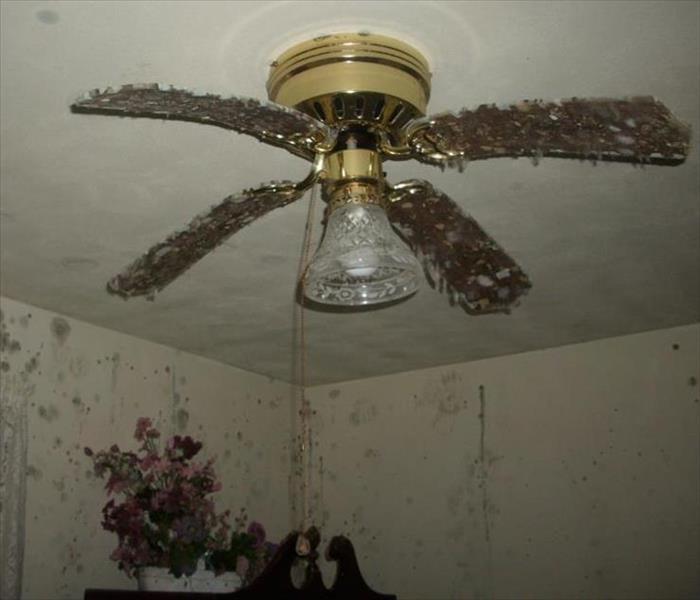Facts about Mold and Dampness
12/21/2015 (Permalink)
Facts about Mold and Dampness
There is always some mold everywhere - in the air and on many surfaces. Molds have been on the Earth for millions of years. Mold grows where there is moisture.
Mold and Your Health
Exposure to damp and moldy environments may cause a variety of health effects, or none at all. Some people are sensitive to molds. For these people, molds can cause nasal stuffiness, throat irritation, coughing or wheezing, eye irritation, or, in some cases, skin irritation. People with mold allergies may have more severe reactions. Immune-compromised people and people with chronic lung illnesses, such as obstructive lung disease, may get serious infections in their lungs when they are exposed to mold. These people should stay away from areas that are likely to have mold, such as compost piles, cut grass, and wooded areas.
In 2004 the Institute of Medicine (IOM) found there was sufficient evidence to link indoor exposure to mold with upper respiratory tract symptoms, cough, and wheeze in otherwise healthy people; with asthma symptoms in people with asthma; and with hypersensitivity pneumonitis in individuals susceptible to that immune-mediated condition. The IOM also found limited or suggestive evidence linking indoor mold exposure and respiratory illness in otherwise healthy children.
Mold and Your Home
Mold is found both indoors and outdoors. Mold can enter your home through open doorways, windows, vents, and heating and air conditioning systems. Mold in the air outside can also attach itself to clothing, shoes, bags, and pets can and be carried indoors.
Mold will grow in places with a lot of moisture, such as around leaks in roofs, windows, or pipes, or where there has been flooding. Mold grows well on paper products, cardboard, ceiling tiles, and wood products. Mold can also grow in dust, paints, wallpaper, insulation, drywall, carpet, fabric, and upholstery.
You Can Control Mold
Inside your home you can control mold growth by:
Controlling humidity levels;
Promptly fixing leaky roofs, windows, and pipes;
Thoroughly cleaning and drying after flooding;
Ventilating shower, laundry, and cooking areas.
If mold is growing in your home, you need to clean up the mold and fix the moisture problem.
Mold growth, which often looks like spots, can be many different colors, and can smell musty. If you can see or smell mold, a health risk may be present. No matter what type of mold is present, you should remove it. The best practice is to remove the mold and work to prevent future growth.
The Mold Remediation Process
Every mold infestation is different, from the amount of mold to the types of materials affected. Each scenario requires a unique solution, but the general process stays the same. The steps listed below illustrate our process for a “typical” mold remediation infestation:
- Emergency Contact - (636) 583-5200
- Inspection and Mold Damage Assessment
- Mold Containment
- Air Filtration
- Removing Mold and Mold-Infested Materials
- Cleaning Contents and Belongings
- Restoration
Common Mold Misconceptions
It’s easy to understand why many people struggle to grasp the facts and issues surrounding indoor mold because sensational news stories and advertising cloud and obscure the real issues. Educate yourself with the facts about mold and learn about the mold remediation process.
Locally Owned Company with National Resources
We live and work in this community too; we might even be neighbors. As a locally owned and operated business, SERVPRO of Franklin County is close by and ready to help with your mold-damaged property. We are proud to be an active member of the Union community and want to pitch in and help make our community the best it can be.
When a major storm or event occurs, we can call upon our national network of 1,650 SERVPRO Franchises and special Disaster Recovery Teams if we need additional resources or personnel.


 24/7 Emergency Service
24/7 Emergency Service
